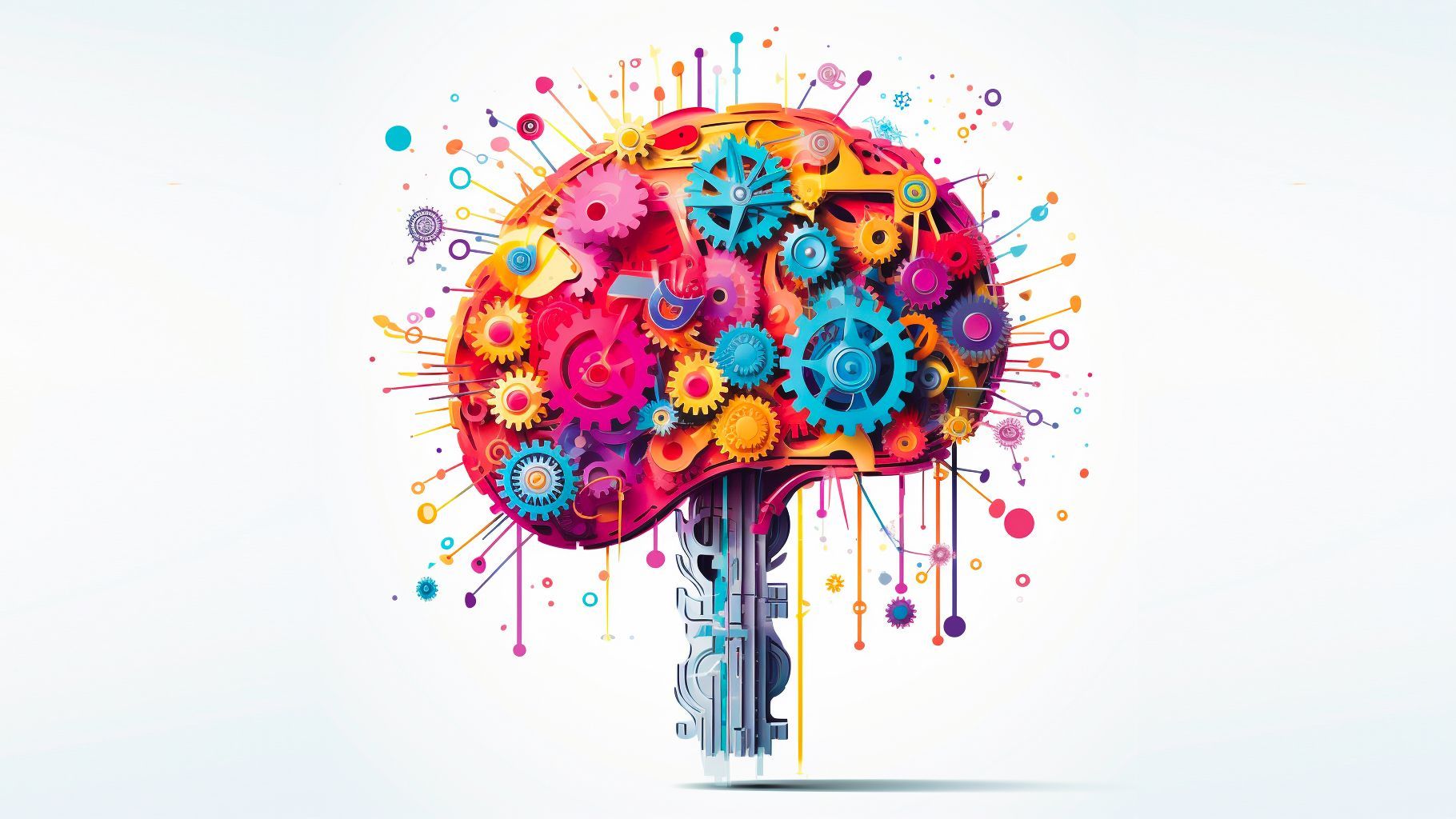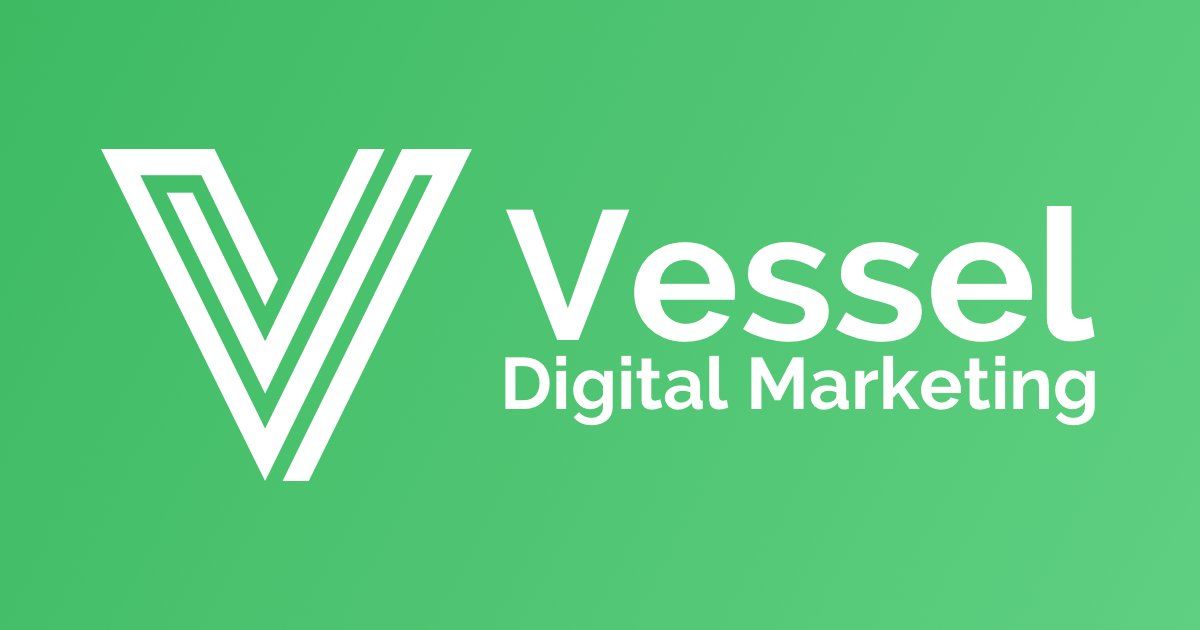The Psychology of Design: How Visual Appeal Influences User Perception and Engagement
The role of visual appeal in shaping the user experience cannot be overstated. The psychology of design is like the backstage crew in a theater production. Quietly, but effectively, it steers the user's perceptions, emotions, and ultimately, actions. Every element on a website, from color schemes and typography to images and navigation menus, impacts user engagement. This article unravels the secret tapestry of design psychology, illustrating how it makes an unforgettable user experience.

The Power of First Impressions
Judging the Web-Book by Its Cover
Before your content gets a chance to speak, your design has already had a conversation with your users. Research indicates that users form an impression of a website within 50 milliseconds. The aesthetic appeal of a website can instill trust and credibility in the user's mind, acting as a silent ambassador for your brand.
Color Psychology
The Color-coded Emotions
A well-chosen palette does more than just please the eye; it sparks emotions and drives actions. Warm colors like red and yellow can evoke energy and urgency, while cool tones like blue and green bring a sense of calm and trust. Understanding these psychological effects helps design a cohesive and impactful brand image that resonates with users on an emotional level.
Typography and Readability
The Art of the Written Word
The choice of font style, size, and spacing can significantly influence the readability of a website. Great typography speaks volumes, setting the tone and personality of a brand, while poor typography can lead to misunderstanding and disengagement. Ensuring legibility, therefore, is paramount for user engagement and comprehension.
Visual Hierarchy and User Attention
Guiding the Eye
The principles of visual hierarchy help to guide user attention and prioritize information effectively. Techniques such as size, contrast, and positioning can nudge users towards essential elements, ensuring they see what you want them to see. A well-crafted visual hierarchy is like a well-orchestrated symphony, harmonizing the visual elements on a webpage.
The Power of Images and Visuals
Painting the Picture
A single image can stir emotions and tell a story more effectively than a thousand words. Incorporating relevant, high-quality visuals not only enhances engagement but also adds an extra layer of depth to the storytelling, fostering a memorable user experience.
Website Navigation and User Experience
Crafting the Journey
A well-designed navigation menu can significantly enhance usability, reducing the cognitive load on users. It's akin to a friendly guide in a bustling city, directing users to their desired destinations with ease. The result? Increased user satisfaction and conversions.
Building Trust and Credibility
Winning Hearts Through Design
Visual design elements are the building blocks of trust and credibility. Trust signals like testimonials, certifications, and social proof can be strategically incorporated into the design to win over user trust, driving long-term loyalty and engagement.
Emotion and Branding
Connecting with Users
Emotional design seeks to create a bond between the brand and the user. By aligning visual elements with brand values, you can evoke the desired emotional response, turning users into loyal ambassadors of your brand.
Mobile-Friendly Design
Embracing the Mobile Generation
With mobile users on the rise, responsive design and mobile optimization have become more crucial than ever. Seamless navigation and engaging experiences across different devices can significantly impact user satisfaction and conversion rates.
User Testing and Iteration
The Power of Feedback
User testing is the compass that navigates the tumultuous seas of design decisions. By gathering user feedback, you can make data-driven improvements, ensuring your design stays in tune with user needs and preferences. It's a continuous process of learning, implementing, and improving, the heart of an effective user-centric design.
Conclusion
Harmonizing Design and Psychology for Optimal User Experiences
In summary, the psychology of design plays a pivotal role in user perception and engagement. By integrating these principles into your web design, you can create a visually appealing and emotionally resonant user experience that not only attracts users but also turns them into loyal patrons of your brand. Because at the end of the day, good design is more than just pretty aesthetics; it's about making users feel understood, valued, and cared for.
Enjoyed this article?
Here's a few more that may interest you.



Want to know more?
Set up a [free] consultation.
We will walk through your current website and discuss the vision for your new website, as well as any other digital marketing needs you may have.
